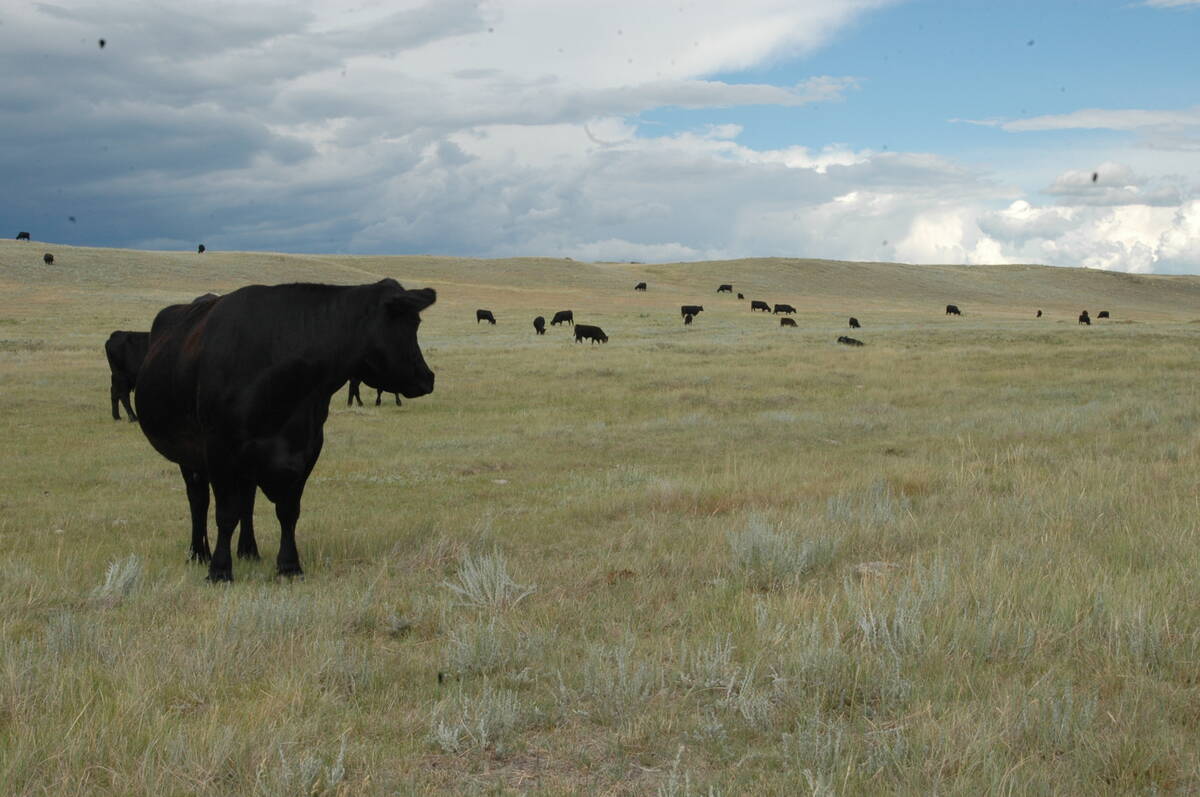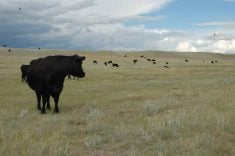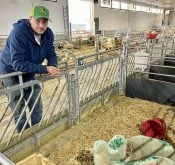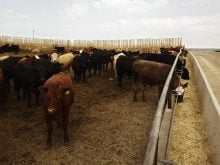The spiky flowered safflower is emerging as a valuable protein factory
for biotechnologists.
Scientists at SemBioSys Genetics Inc. in Calgary have patented new
methods to recover these proteins by extracting oil bodies from
safflower.
Oil bodies are naturally occurring compounds in oilseeds that carry
medicinal protein for skin and oral medications.
Extracted oil bodies, which look like a creamy lotion, act as an energy
reserve for oilseed plants when they are germinating. Embedded in the
Read Also

Canadian Food Inspection Agency slammed for handling of bovine tuberculosis case
The federal government leans heavily on producers to “take one for the team” and risk their livelihoods without any reassurance of support.
oil bodies is a natural protein called olesin.
“Our technology is to genetically modify the olesin to produce another
protein attached to it,” said Janis Goll of SemBioSys, who holds a
master’s degree in molecular biology.
The Calgary firm’s specialized technology tricks the plant into
producing the desired protein in the seed, she said.
“The plant acts as a little factory to produce the protein that humans
normally eat.”
The seeds are ground up in water and a purified product eventually
floats to the surface. It could be formulated as a skin cream to treat
problems like psoriasis or other skin disorders.
Scientists can also separate the protein from the oil body for food
enzymes or antibiotics.
“There are multiple proteins that can be produced and they can be
purified using this technology,” Goll said.
“The first projects we are working on would be something that is edible
by humans, but it is something that we already eat. It is just a
different way of producing protein as an ingredient. The protein is
usually extracted out of (animal) tissue and we are going to produce it
in a plant.”
SemBioSys has been working with safflower for three years. It was
selected over flax and canola because there are fewer out-crossing
problems, which requires less plant segregation.
As well, isolation distances are easier to achieve in the field.
Plants are started from tissue cultures that take about six months to
grow in specially designed growing rooms.
Each plant is tested to see if it is carrying the desired proteins.
“Hopefully, that plant will be a transgenic plant. You always get some
mistakes and some get through this whole process and they are not
transgenic,” Goll said.
The plants are then grown out for seed, which farmers multiply in the
field.
The plants are harvested only for the oilseeds. The rest of the plant
is destroyed.















